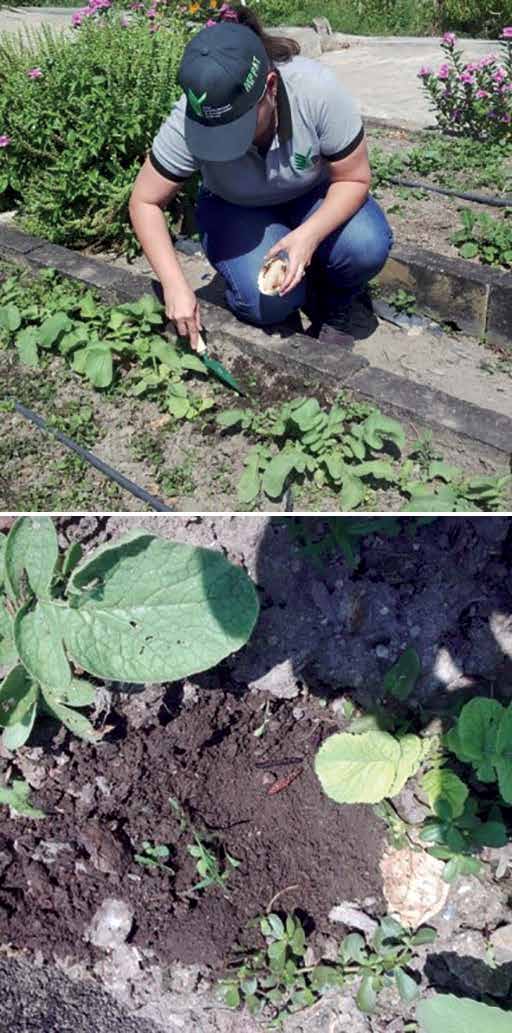Tecnologías para la aplicación de nematodos entomopatógenos como herramienta complementaria en el Manejo Integrado de Plagas.
Abstract
Entomopathogenic nematodes (NEPs) are vermiform organisms, with an unsegmented body, which can measure up to one millimeter, internally possess symbiotic bacteria whose joint action causes pathogenesis to insects causing death. The main genera are Steinernema and Heterorhabditis (Nematoda: Rhabditida).
NEPs have become a very useful tool for many farmers, since it has allowed them to increase the yields and quality of their crops, and the inclusion of these in Integrated Pest Management is relatively easy (Ferrer et al., 2004 ; Rosales, 2014).
One of the most important aspects, once the doses of this biocontroller have been produced, is to have a field application method that ensures the greatest effectiveness, the choice of the most appropriate will depend on the success that these nematodes have in controlling insects. plague. In this work some of the most used methods are exposed.
References
Fernández E, Arteaga E. Pérez M. 1998. Utilización de los nematodos entomopatógenos en el control de plagas agrícolas. Laboratorio de Nematología del INISAV. pp. 1-4.
Ferrer, F., Arias, M., Trelles, A., Palencia, G., Navarro, J. y R. Colmenares. 2004. Posibilidades del uso de nematodos entomopatógenos para el control de Aeneolamia varía en caña de azúcar. Manejo Integrado de Plagas y Agroecología. 72:p.39-43
Gaceta Oficial de la República Bolivariana de Venezuela n.° 37.552 de fecha 12 de Julios de 2002 Art. 1. Ley de semillas, material para la reproducción animal e insumos biológicos. Pp.1-6
Gaceta Oficial de la República Bolivariana de Venezuela Nº 5890 Extraordinario de fecha 31 de julio de 2008. Art. 10. Decreto Nª 6129, con Rango Valor y Fuerza de Ley de Salud Agrícola Integral. Pp.20-21
Potosí J. 2007. Riego por goteo. Disponible en: http://sistemasderiegoporgoteo.blogspot.com/2007/11/riego-por-goteo-ventajas-y-desventajas.html. Consultado 03 de marzo de 2017.
Rodríguez M, Hernández D, Gómez L. 2012. Elementos del desarrollo histórico y retos para su consolidación como biorreguladores en la agricultura en Cuba. Revista de Protección Vegetal, 27(3): La Habana sep.-dic. 2012. pp: 137-146.
Rosales LC, Rodríguez M, Enrique R, Puente L, García J. 2009. Cría Masiva de nematodos entomopatógenos para el control de insectos plagas. Revista INIA DIVULGA, 12:19-22.
Rosales, L.C. 2014. Evaluación de nematodos entomopatógenos como biorreguladores de algunas plagas agrícolas. Tesis Doctoral. Maracay, Venezuela. Facultad de Agronomía, Universidad Central de Venezuela. Maracay, 157 p.
San Blas E, Rosales LC, Torres A. 2015 Entomopathogenic nematodes in tropical agricultura. Current uses end their future in Venezuela. Chapter 15 In: Nematode pathogenesis of insects and other pest. Springer International Publishing. Pp: 373-400.


